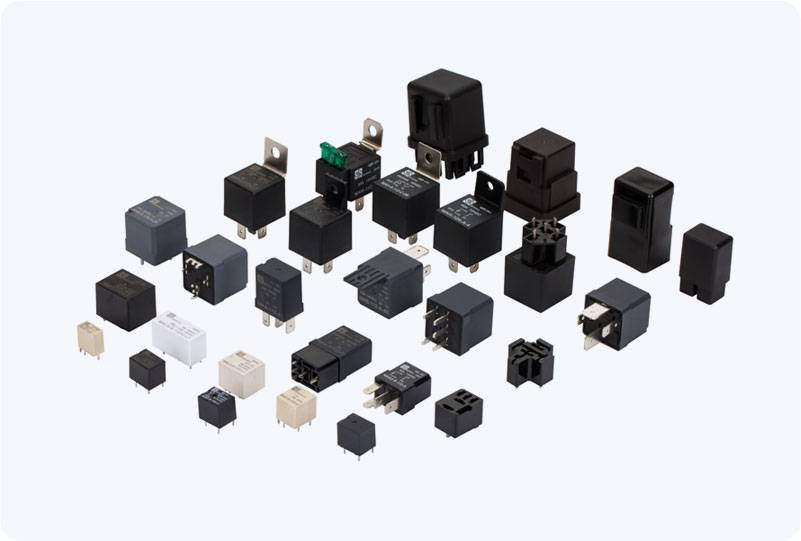A 220VAC Power Relay is an essential electrical component used in a wide range of applications where a low-voltage control circuit operates a high-voltage load. In essence, a power relay serves as a switch that uses a low current to control the flow of high current to power devices such as home appliances, industrial machines, and HVAC systems. This article explores the functionality, types, applications, and considerations for using a 220VAC power relay effectively.

1. What is a 220VAC Power Relay? A relay is an electrically operated switch that enables a low-power signal to control a high-power load. The 220VAC Power Relay specifically refers to a relay that is designed to operate with a control signal of low voltage (such as 12V or 24V DC) to manage a high-voltage load, typically 220V AC (Alternating Current). The term “220VAC” signifies the voltage the relay can handle on its contacts for controlling AC-powered devices, such as electric motors, light bulbs, and other appliances. The basic components of a power relay are: Coil: When an electrical current flows through the coil, it generates a magnetic field that moves the switch mechanism.